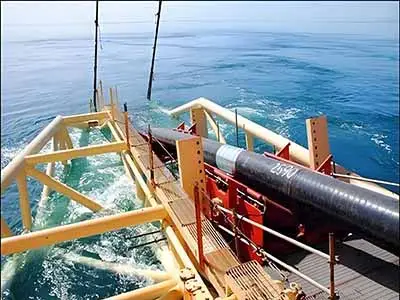Fiberglass plays a vital role in building energy-efficient homes. It provides excellent thermal insulation, which is crucial for maintaining a stable indoor temperature. This insulation helps reduce the need for heating and cooling, which can significantly lower utility bills.
Fiberglass is used in various parts of a home, including walls, roofs, and window frames. Its low thermal conductivity means that it effectively slows down heat transfer. In winter, it keeps the cold out, and in summer, it keeps the heat out. This helps to keep the home comfortable year-round.
Another advantage of fiberglass is its lightweight nature. This makes it easier to install and reduces the load on the building’s structure. Fiberglass is also durable and resistant to moisture and decay. These qualities make it an excellent choice for long-term use in energy-efficient homes.
Using fiberglass supports sustainable building practices. It not only improves energy conservation but also contributes to a more environmentally friendly living space.
In summary, fiberglass is a key material for energy-saving homes. Its insulation properties, lightweight nature, and durability make it a top choice for enhancing energy efficiency and supporting sustainable construction.









